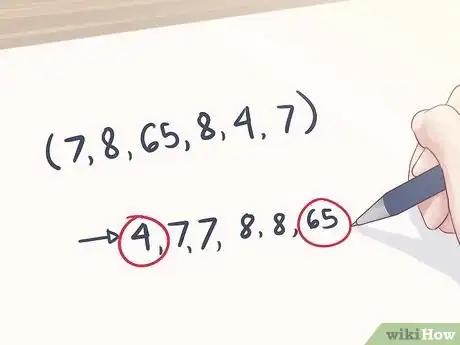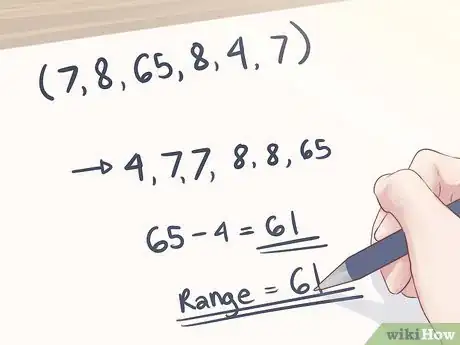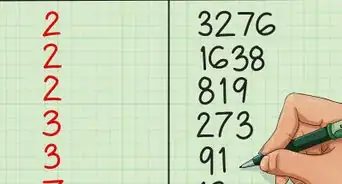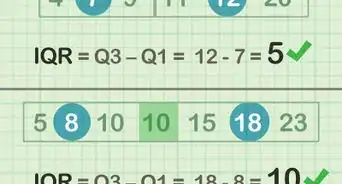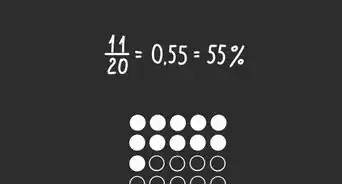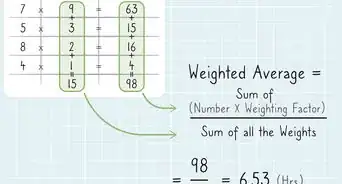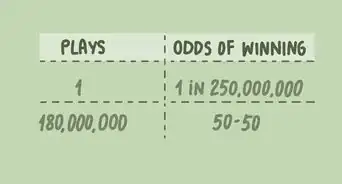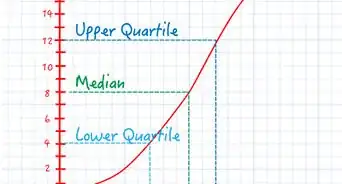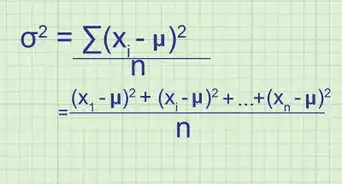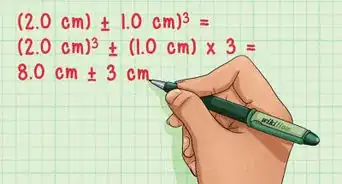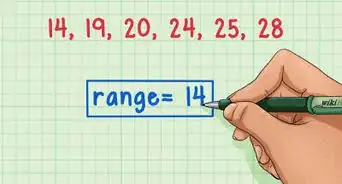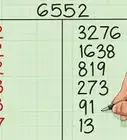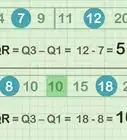This article was co-authored by David Jia. David Jia is an Academic Tutor and the Founder of LA Math Tutoring, a private tutoring company based in Los Angeles, California. With over 10 years of teaching experience, David works with students of all ages and grades in various subjects, as well as college admissions counseling and test preparation for the SAT, ACT, ISEE, and more. After attaining a perfect 800 math score and a 690 English score on the SAT, David was awarded the Dickinson Scholarship from the University of Miami, where he graduated with a Bachelor’s degree in Business Administration. Additionally, David has worked as an instructor for online videos for textbook companies such as Larson Texts, Big Ideas Learning, and Big Ideas Math.
wikiHow marks an article as reader-approved once it receives enough positive feedback. In this case, several readers have written to tell us that this article was helpful to them, earning it our reader-approved status.
This article has been viewed 680,520 times.
In statistics, the range of a data set is known as the difference between the largest and smallest values. All you have to do to find it is to arrange the set of numbers from smallest to largest and to subtract the smallest value from the largest.[1] If you want to know how to quickly calculate the range of a data set, see Step 1 to get started.
Steps
-
1Arrange the set of numbers in order from smallest to largest. Let's say your data set contains the following numbers: {7, 8, 65, 8, 4, 7}. All you have to do is rewrite them from smallest to largest, to get a better sense of the data you are working with. Here's how it would look: {4, 7, 7, 8, 8, 65}.[2]
-
2Identify the smallest and largest numbers in the set. In the set you are working with, the smallest number is 4 and the largest is 65. These numbers can be conveniently located on either end of the set of data, since you rearranged the numbers from smallest to largest.[3]Advertisement
-
3Subtract the smallest number from the largest. Now, all you have to do is subtract the smallest number, 4, from the largest number, 65. 65-4 = 61.[4]
-
4Write down your range. "61" represents the range of this particular set of data. You're all done.[5] If you want to find the range of a function, then you'll have to follow a slightly more complicated process, but this is all you have to do to calculate the range of a set of data.
Community Q&A
-
QuestionWhat if there is a zero (0) in the data? For example: 6,7,3,0,2,4,4,9.
 Community AnswerIf there is a 0 in the data, it does not matter unless it is the lowest or highest number, in which case it will be used to calculate the range. In your example, the range would be 9 because 9 is the highest number and 0 is the lowest. 9-0=9.
Community AnswerIf there is a 0 in the data, it does not matter unless it is the lowest or highest number, in which case it will be used to calculate the range. In your example, the range would be 9 because 9 is the highest number and 0 is the lowest. 9-0=9. -
QuestionHow do I find the mean in a set of data?
 Community AnswerAdd all the numbers up and divide by how many numbers there are. For example: 13, 29, 22, 23, 55, 98, 43, 22 = 305. 305 divided by 8 = 38.125. Your mean would be 38.13.
Community AnswerAdd all the numbers up and divide by how many numbers there are. For example: 13, 29, 22, 23, 55, 98, 43, 22 = 305. 305 divided by 8 = 38.125. Your mean would be 38.13. -
QuestionWhat is the median of 100, 80, 90, 85, 100, 90, 100, 100?
 Community AnswerFirst line up all the numbers in ascending order (80, 85, 90, 90, 100, 100, 100, 100). The median is the middle number. In this case, there are two middle numbers, so add them together (90+100= 190) and divide them by 2 (190/2= 95).
Community AnswerFirst line up all the numbers in ascending order (80, 85, 90, 90, 100, 100, 100, 100). The median is the middle number. In this case, there are two middle numbers, so add them together (90+100= 190) and divide them by 2 (190/2= 95).
References
- ↑ https://www.mathsisfun.com/data/range.html
- ↑ https://www.mathsisfun.com/data/range.html
- ↑ https://virtualnerd.com/middle-math/probability-statistics/mean-median-mode-range/range-data-set
- ↑ https://www.khanacademy.org/math/statistics-probability/summarizing-quantitative-data/other-measures-of-spread/v/range-and-mid-range
- ↑ https://www.purplemath.com/modules/meanmode.htm
- http://www.mathsisfun.com/data/range.html
About This Article
To find the range of a data set, start by listing the set of numbers in order from smallest to largest. Then, take the smallest number in the list and subtract it from the largest number to find the range. Write down your answer and you're finished! For more tips, including how to define a range, read on!

